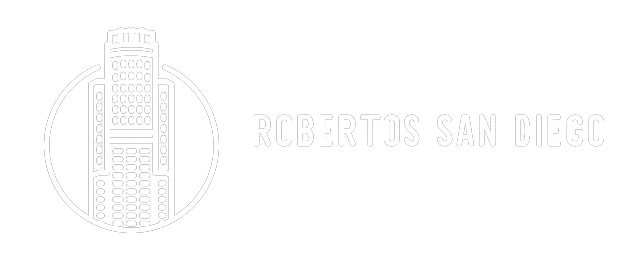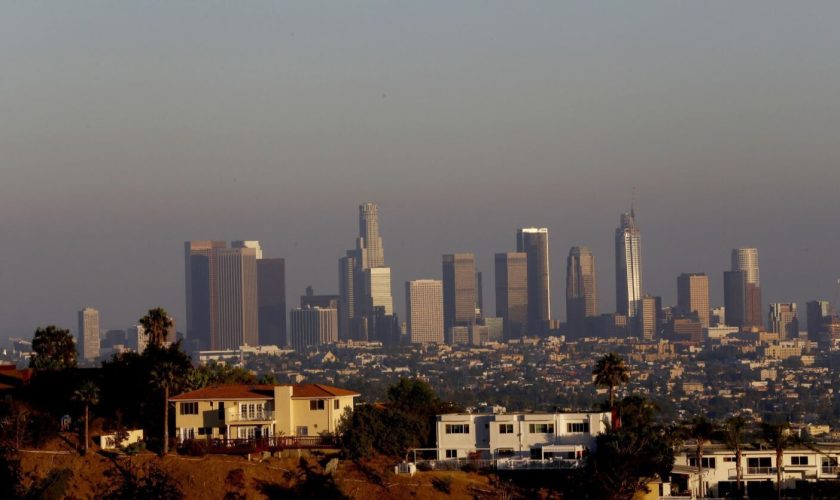According to an American Lung Association assessment, San Diego had the nation’s sixth-worst ozone pollution in 2019 for the fifth consecutive year. They’ll be ranked sixth by the year 2021. This year’s rankings take into account the amount of “unhealthy air days,” as defined by the 2015 Ozone National Ambient Air quality Standard, as well as the hottest timeframe recorded in global history.
High ozone days were placed seventh in Chula Vista, California, and Carlsbad; 24-hour particle pollution was ranked 37th in the 216 metro regions, and annual particle pollution was ranked 43rd in the 199 metropolitan regions. Alpine, Borrego Wells, and Warner Artesian wells have some of San Diego County’s highest ozone pollution levels. Central and northern Alpine have the highest daily maximum oxygen concentration in San Diego County, according to the California Environmental Agency.
Smog is mostly comprised of ozone, making it the most common sources of pollution as well as other health risks in the state of California. Trucks, vehicles, and factories produce ozone by reacting with the sun’s ultraviolet rays. A sunburn of the lungs can result by inhaling it, that can lead to irritation, breathlessness, coughing, and a shorter life span.
On hot days and that in the afternoon, ozone levels are at their peak, according to research studies. It is especially dangerous for people with asthma, infants, and the elderly to breathe ozone-contaminated air. People with low vitamin C and E levels are also more susceptible.
More individuals die from air-related diseases than from breast cancer,” said San Diego County Councilman Nathan Fletcher in an interview with the San Diego Union-Tribune. Sobering but also an actually woke call for our decision makers, I believe it should help in making sure and also as a wake-up call.”
Ozone days have increased by 42 cent since 2015, and now average around 45 per year. Wildfires and changing weather patterns exacerbated by global warming are to blame for much of the deterioration in air quality.

The First Step Is To Make Everyone Aware Of The Issue
Alternative energy sources, sustainable transportation, and a reduction in meat consumption are all viable options. While many people assume that they lack the ability to make a difference, a small group of people may make a big difference by improving their own lives and educating others.
Fletcher thinks that the best way to deal with this issue is to get vehicles off the road & invest on public transportation. By the end of the decade, the state plans to phase out fuel cars and reduce its reliance on fossil fuels in an effort to slow global warming.
All new California automobiles and trucks sold by 2035 must be zero-emission vehicles, according to the presidential order. As a result of this decree, it is claimed that state will do more to combat oil extraction’s negative impacts and to assist oil sector workers as they transition.


